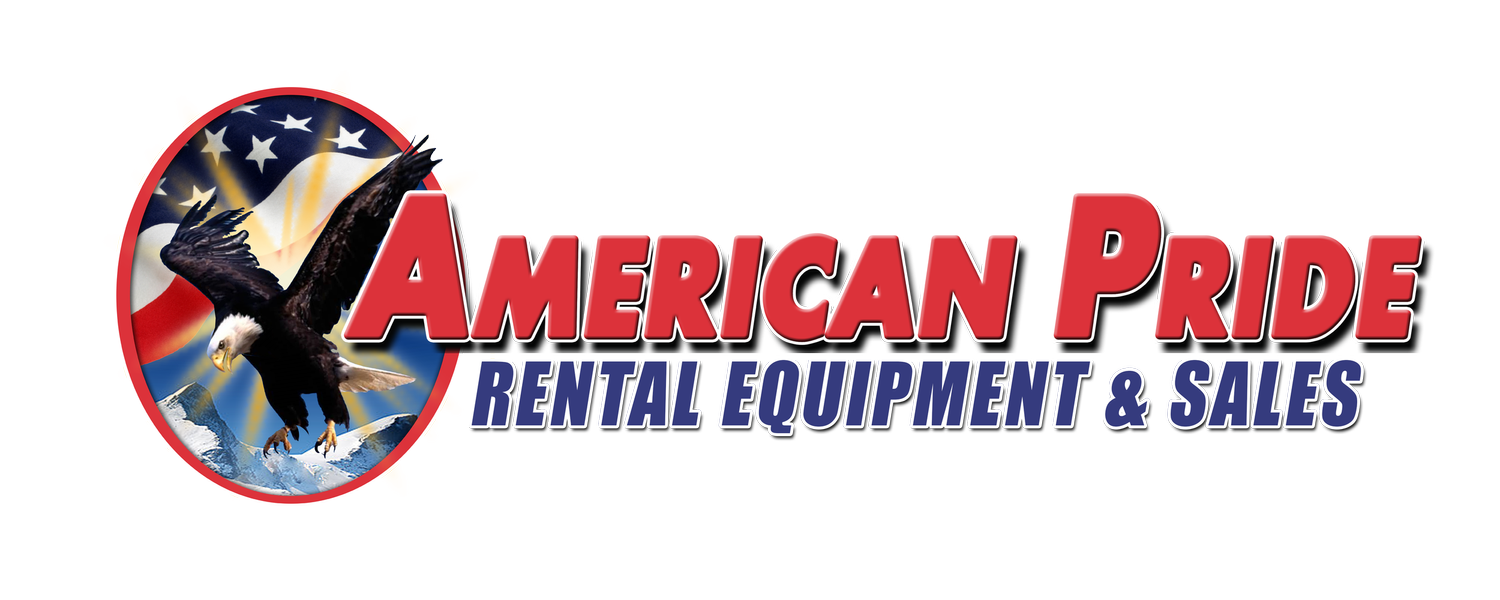WHICH PLATE COMPACTOR SHOULD YOU USE?
Compaction is one of the most important processes in many applications. Whether you are laying pavers, asphalt, or concrete, using a plate compactor is vital to the longevity of the material. With all the different types of plate compactors on the market, it can be confusing to figure out which one is right for your application.
There are a few different ways to figure out which compactor you should be using that we will go over in this blog. This is a very important part of your job to get right because the consequences of having improper compaction can be really bad. When the base shifts you can run into many big issues that cost time and money down the road.
Let's get into some of the ways you can figure out which Plate Compactor is right for you job.
HOW MUCH COMPACTION FORCE DO YOU NEED
This is probably one of the most important aspects to pay attention to when you are selecting a compactor to use. Depending on the base material that you are putting down and how is down will determine the compaction force that you need for proper compaction.
Make sure that you know what compaction force is needed for you job. Under-compacting can cause some serious problems down the road and although it may feel like you are saving some money by purchasing a smaller plate compactor, the issues it can cause in the future will eat those savings.
WHAT SIZE IS THE AREA YOU ARE COMPACTING?
The size of the area is a large factor as well when selecting which compactor you should use. A bigger plate obviously covers more ground per pass, but travel speed also comes in the equation. Different compactors with have different travel speeds that are measure in ft/min.
This is an important thing to pay attention to along side the size of the plate. If you have a slightly bigger footprint, but the travel speed of the plate compactor is much slower than another unit, the bigger footprint may not be doing you any favors. You should be able to simply calculate what the difference in production is.
One important thing to remember is to buy a plate compactor that suits well with the average size of job that you normally do. If you purchase a unit that is based off a one-time need, you may end up with something that does not fit well for the other parts of your business.
WHAT FEATURES DO YOU WANT?
Most plate compactors are fairly basic machines that have very similar features. The main differences are between forward and reversible options. As you may think, the main difference between those plates is that a forward only goes in a forward direction and a reversible plate can go in both directions.
Depending on the type of compaction that you are doing and the layout of the job site will determine which features may be more helpful for you. Generally reversible plates will be better in tighter areas as you don't have to turn the machine around, but you can just walk backwards.
Another features to pay attention to is the shape of the plate. The shape of the plate can help you manever around different obsticles and move around in tighter spaces easier.
There are some limitations with the different types of plate compactors, mainly the compaction force. Forward plates only offer so much compaction force, while reversibles can offer much more force with larger units.
After you evaluate what you really want and need out of your compactor, you should have a pretty clear understanding of what unit will help you our best.
